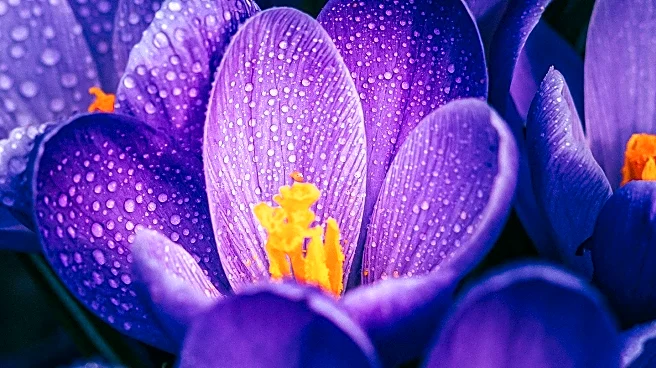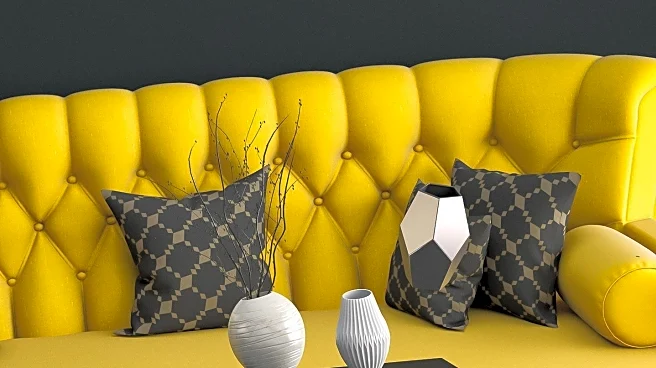What's Happening?
As the days grow shorter in the U.S., many individuals experience a decline in mood, often referred to as the 'winter blues.' According to a study by the American Psychiatric Association, 40% of Americans report mood deterioration during winter, with
women more affected than men. Seasonal Affective Disorder (SAD) is a recognized condition that can occur in both winter and summer, linked to changes in serotonin and melatonin levels. Light therapy lamps, which mimic natural sunlight, are suggested as a treatment for SAD. These lamps must emit light between 5,000 and 10,000 lux to be effective, influencing circadian rhythms and mood neurotransmitters. Experts emphasize the importance of using these lamps correctly, particularly in the morning, to maximize their therapeutic benefits.
Why It's Important?
The use of light therapy lamps presents a non-pharmaceutical option for managing SAD, which affects approximately 5% of American adults. This treatment can be as effective as antidepressant medications when used properly, offering a viable alternative for those seeking non-drug interventions. The broader significance lies in the potential for light therapy to improve mental health outcomes during seasonal changes, reducing reliance on medication and enhancing quality of life. As awareness of SAD grows, light therapy could become a more widely adopted method for managing mood disorders linked to environmental changes.
What's Next?
As the winter season progresses, more individuals may turn to light therapy lamps as a first-line treatment for SAD. Mental health professionals might increasingly recommend these lamps, alongside other treatments like talk therapy and antidepressants, to provide a comprehensive approach to managing seasonal mood disorders. Continued research and public education on the effectiveness and proper use of light therapy could further integrate this method into standard mental health practices.
Beyond the Headlines
The growing interest in light therapy highlights a shift towards holistic and non-invasive treatments in mental health care. This trend reflects a broader cultural movement towards self-care and wellness, emphasizing the importance of environmental factors in mental health. As more people seek natural remedies, the market for therapeutic devices like light therapy lamps may expand, influencing consumer behavior and healthcare practices.
















